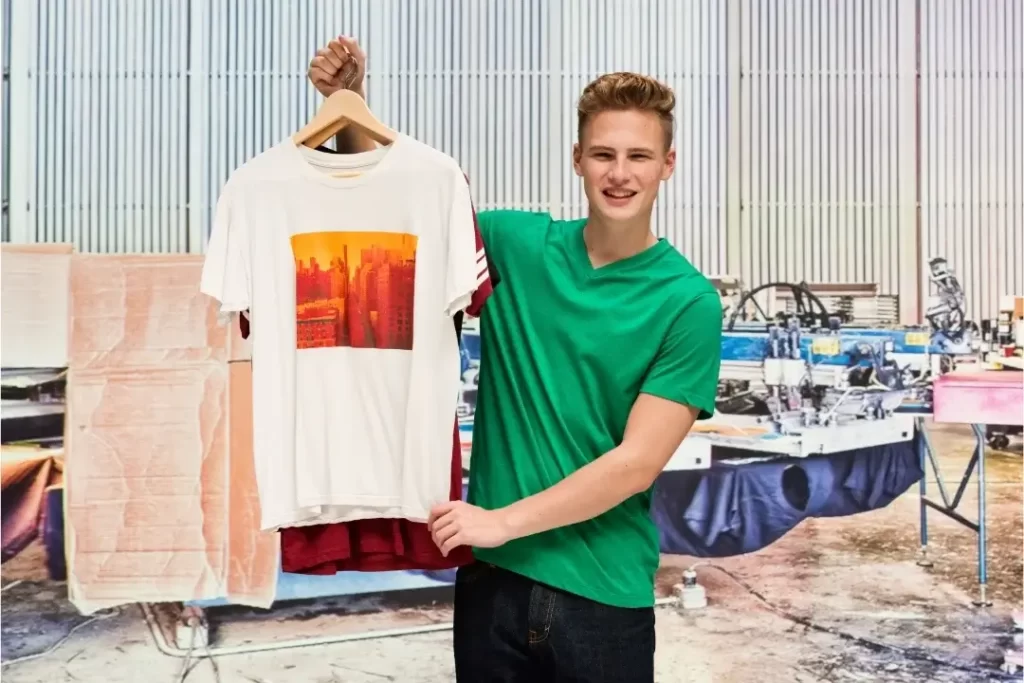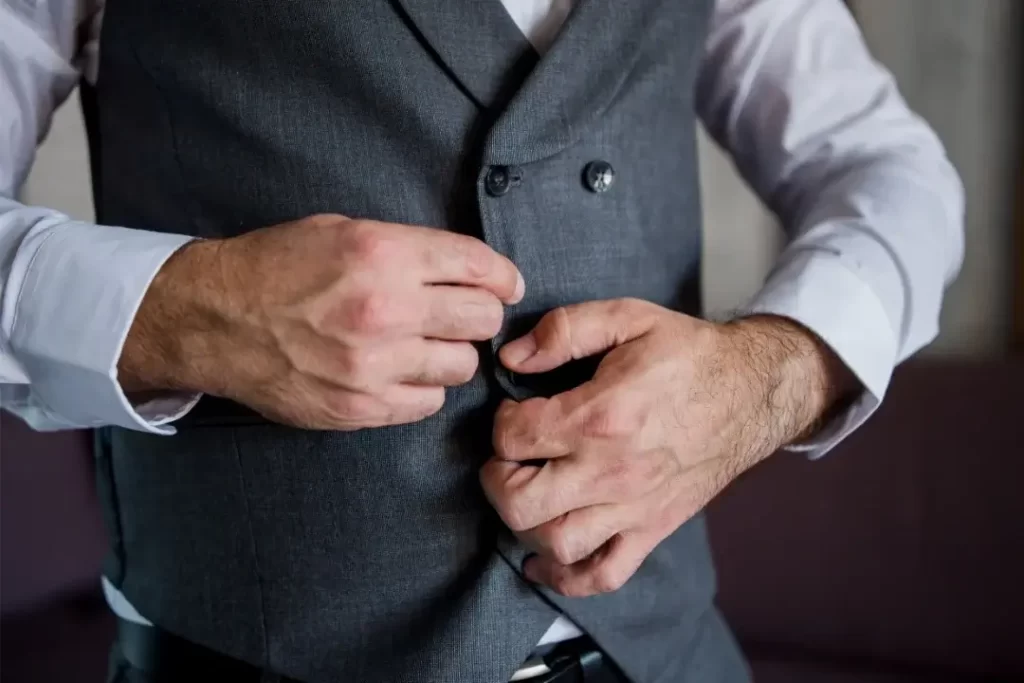How To Start A Screen Printing Business
How to Start a Screen Printing Business in 2023? Your Uptodate Step By Step Guide “ Here’s How To Start A Screen Printing Business! Discover Our Secrets On How To Start And Grow This Highly Profit Business in 2023 Are you an entrepreneur looking to break into one pf the most rapidly growing, profitable business of 2023? Then Scripting Printing might e your jackpot! Screen printing offers an exciting venture filled with opportunities and rewards. In thisstep by step blog on how to start a screen printing business, you’ll get insights into making your vision come true; from business strategies to understanding costs, we’ll be unwrapping each facet step by step. Advanced Game Management Strategies Pre-Game Preparation and Scouting Thorough preparation is key to outmanaging your opponent. Develop detailed scouting reports that go beyond just stats to analyze pitching tendencies, batter tendencies, defensive positioning used, and favorite pitches in certain counts. Video scouting also allows you to spot subtle cues or tips that opposing players may unveil. Ensure your coaching staff is logging multiple advanced scouting trips to gain invaluable insights. Hold pre-game batting practice on the road to adjust to different park dimensions. Also implement mock games to test different strategies, shifts, pitch calling and more. Communication between your coaches and players is vital, so use pre-game meetings to go over the plan and align expectations. In-Game Decision Making Through experience, intuition, and data analysis, expert managers have a sixth sense of momentum shifts and strategic opportunities. Know when to play for a big inning or shift to small ball. Understand the right time to pinch hit, run, or pitch out of certain relievers based on their role, recent usage and handedness advantages. Scope of Innovation This business offers a broad base for diversification. You could start small with T-Shirts and gradually expand into other areas such as promotional goods, commercial printing, and custom designs. Low Initial Investment In comparison to other ventures, the startup costs for a screen printing business tend to be lower, facilitating a straightforward entry into the market. Strong Market Demand Custom merchandise has never been more popular. As businesses push for trendy promotional goods and people become increasingly fashion-conscious, there is an ever-increasing demand for custom screen-printed items. Scalable Business Model With expansion options into different products and services, your screen printing business could potentially evolve into a multi-faceted company. Start with a small locally-oriented model then upgrade to a regional proportion or even global scale; the possibilities are endless. Creative Portrait In a screen printing business, the ocean of creativity is at your control. This allows you to experiment with various designs and styles and stay ahead in the marketplace. Understanding Costs: An Introduction to Running a Screen Printing Business A Comprehensive Breakdown of Costs Associated Running a successful screen printing business takes more than just an aptitude for design–it also requires understanding the financial commitments attached. Here’s a breakdown: Starting Equipment This forms the crux of your operation. You’ll need high-efficiency screen printing materials and tools such as custom-made screens, printers, squeegees, and a high-quality color palette. The price tag for this is variable, depending on what you’re starting with and the amount of customization you want. Warehouse/Space Rental Depending if you are starting from home or renting office space, rental expenditures could potentially impact your finances. Running Costs From electricity to web hosting, administrative expenses, maintenance, and even insurance, the running costs can impact your overall profit margins. Your plan should try to forecast these occurrences. Licensing and Business Fees Setting up legally requires some documentation. Each state will have varying business fees and acquisition can sometimes make substantial holes in your pocket. Other Key Financial Factors in the Cost Consideration It’s easy to get lost in the bigger picture that you forget the small but crucial details. In addition to the obvious items on the ledger, you have to consider things such as: Marketing Expense Promotion isn’t an option. You’ll need to have the right advertising efforts– web banners, social media sponsored posts, direct print ads, billboards, amongst others. Employee Salaries If you’re not running a one-man show, you’ll need to think about payroll, benefits, taxes, and other related expenses Inventory Expenses If you’re storing and creating merchandise before selling, you inevitably have inventory-associated costs, such as storage and handling expenses. Profit Margins: How Lucrative is a Screen Printing Business? The Profit Potential–An Analysis Yes, a screen printing business can be lucrative but it isn’t as simple as the noise in the market makes it appear. Consistency, creativity, and costs can affect your profit margins. The other major factor is feasibility. Not all items print the same, which means that your design configurations, color choices, and packaging must sync in perfect harmony to yield profits. Realistic Expectations Versus Market Trends While it’s great to have high hopes for your profit amount, maintain an equilibrium of hope and reality. The industry is constantly evolving and competitive, and you have to stay updated with such market trends to effectively cushion reasons of low-profit margins and keep your revenue trajectory upward. The Step-By-Step Guide To Setting up Your Own Screen Printing Business Legal and Administrative Factors Starting a new screen printing business legally counts! Each fill-up to acquire your business license, tax filing essential will resist any challenges you might face later on. Also, moving further or setting-up, maintaining stock keeps or if you’re bringing together a team, covers up enough information to get by with local labor laws. Sourcing Material and Equipment Your business foundation demands you to get essentials on board. From those large sizes of printing presses to squeegees, screens to inks, choosing the materials of supreme quality will ensure a durable start. PrintingSkills: Learning and Mastering the Technique Being knowledgeable about the ins and outs of your business’s core operation is pivotal. Educating yourself and developing printing skills will make it easier to supervise and ensure the high standard of your printed products. Plus, if you opt to











